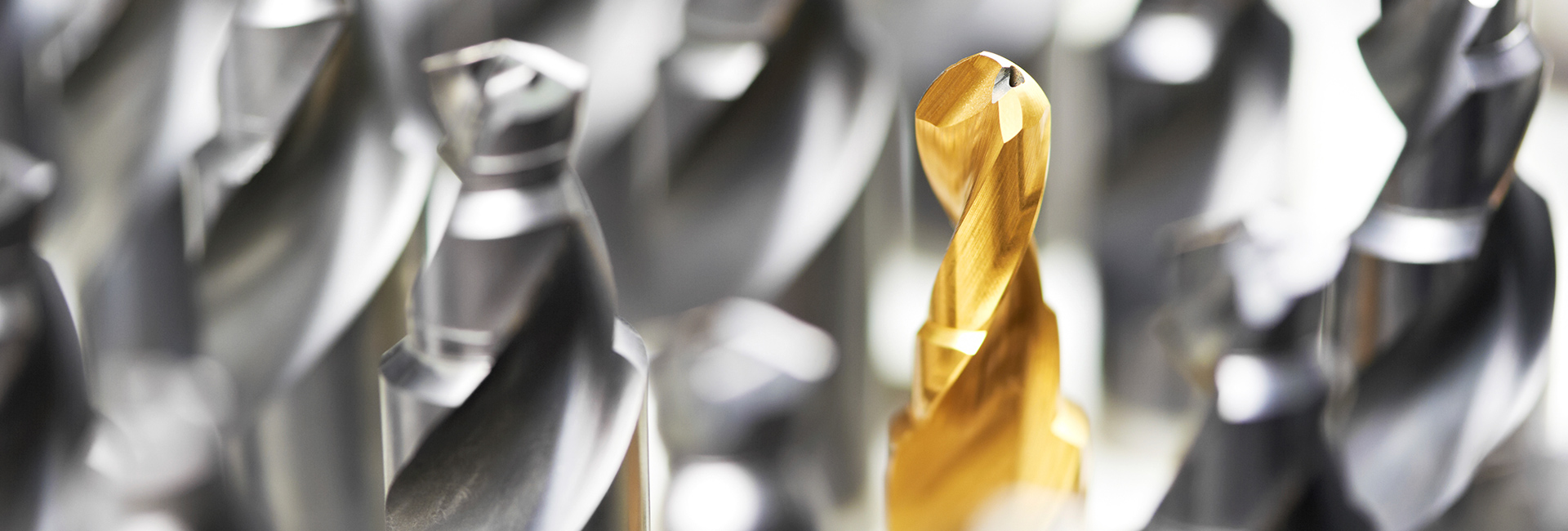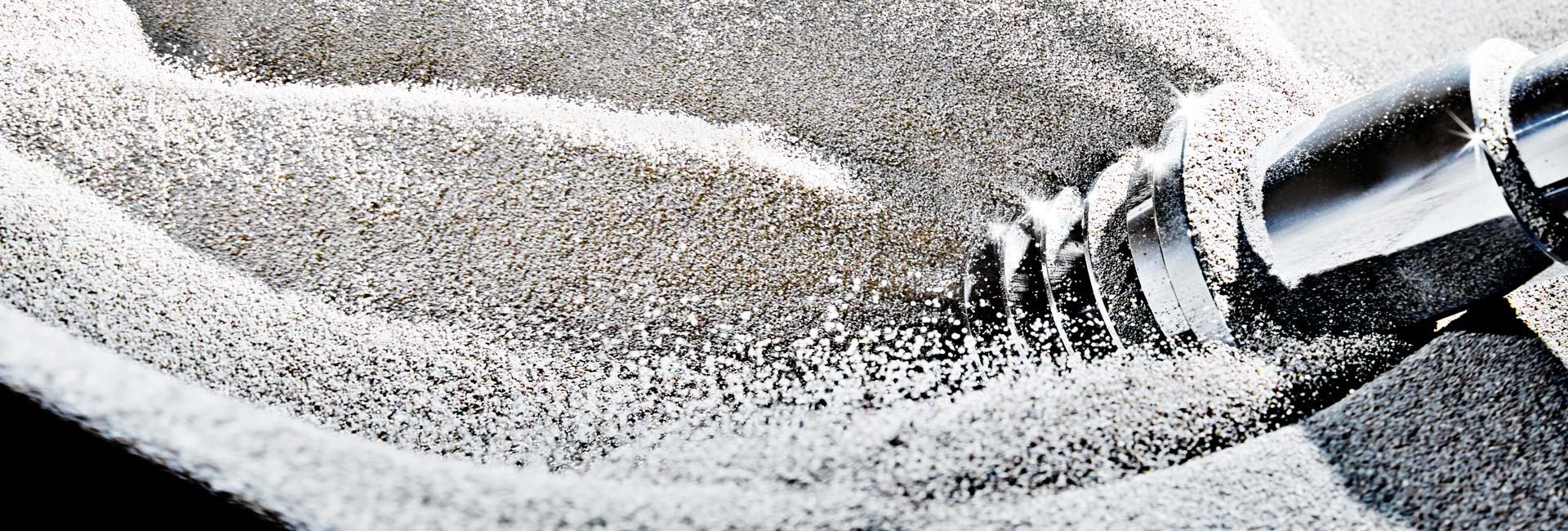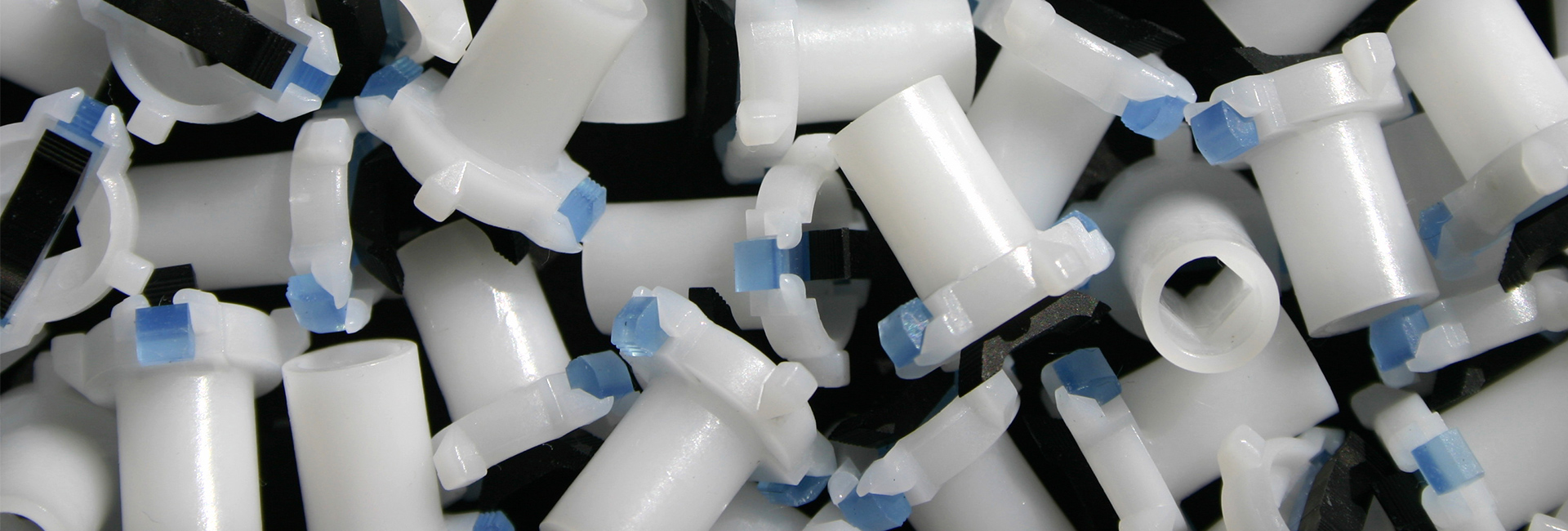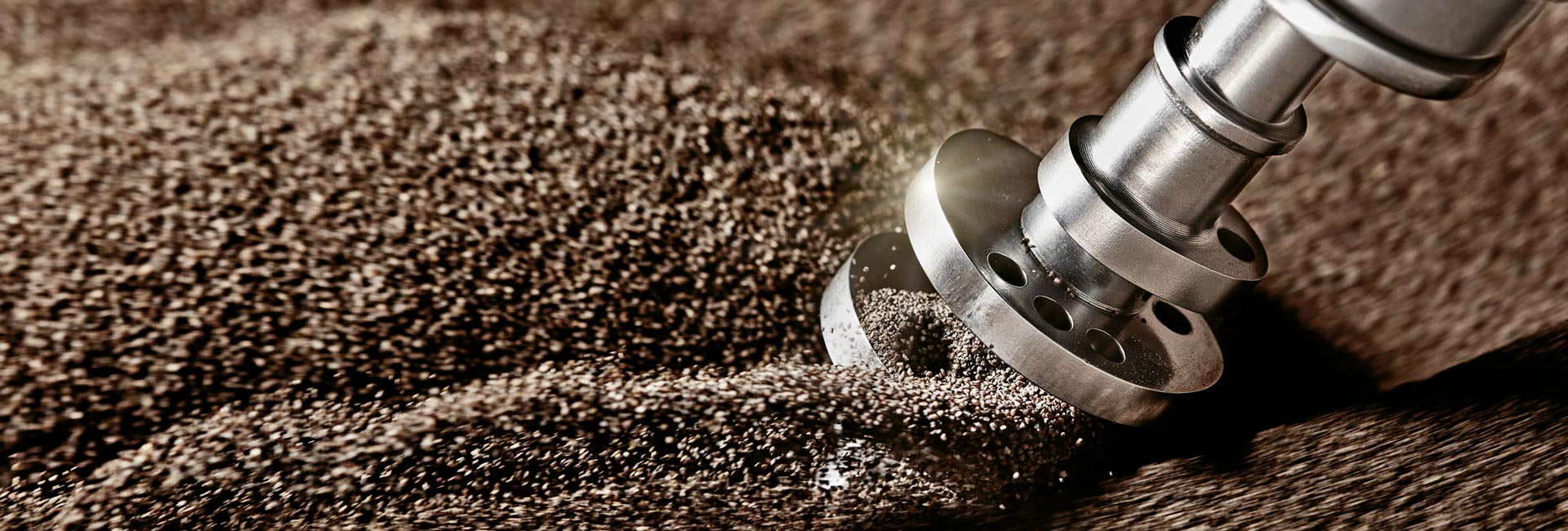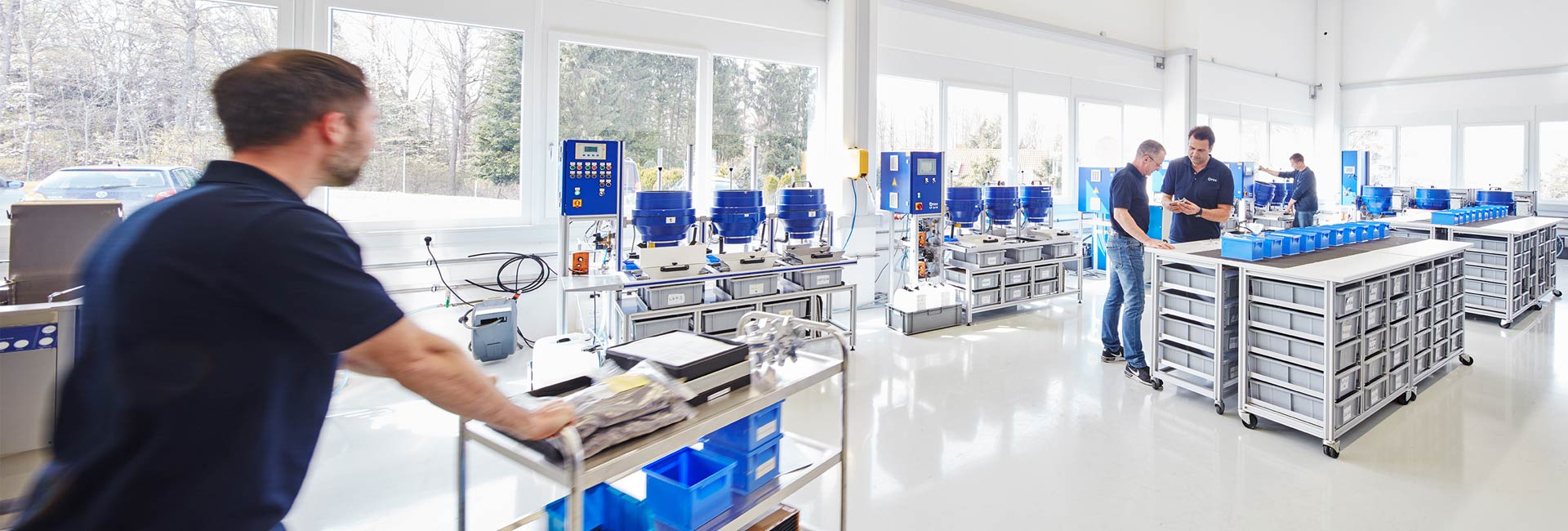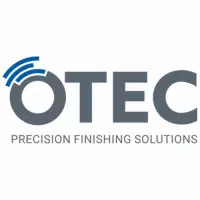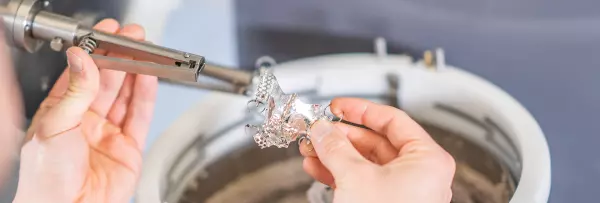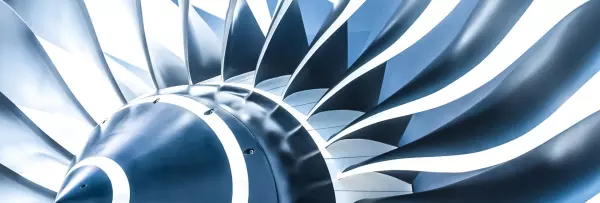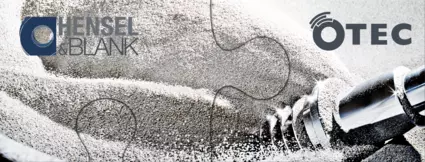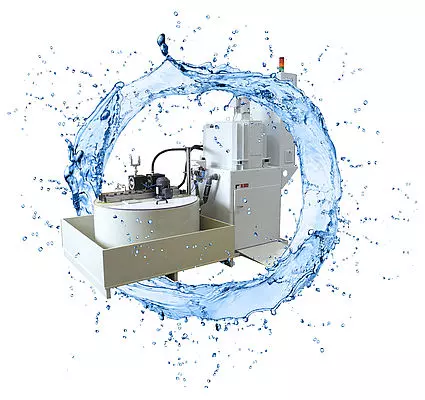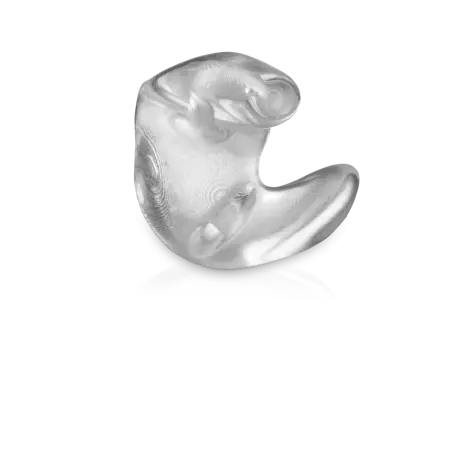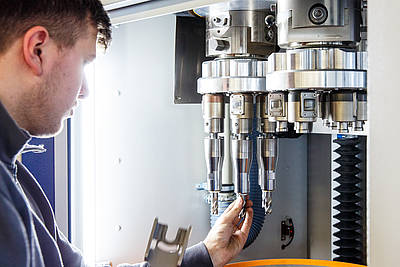
With the new drag finishing system from OTEC, the Swabian manufacturer is improving the performance of its precision tools for machining.
"Actually, it contradicts common sense," laughs Stephan Wunschmann, "first we grind the cutting edges of our milling tools to maximum edge sharpness, and then we round these sharp edges again in the drag finishing system."
Yes, it sounds like a contradiction, but it does make sense: In the drag finishing process (also known as vibratory grinding), the parts (at Wunschmann it is milling cutters for metal cutting) are pulled through a bulk material in a container. A previously clearly defined material removal takes place: the cutting tool is deburred or rounded or smoothed or polished. The surface is optimized and the functional properties of the tool are improved. The drag finishing process on the new OTEC DF-3 system, which has been in operation at Wunschmann GmbH in Hailfingen in Swabia for a few months and has already proven itself, takes between 30 and 60 minutes:
“Even if some customers are initially critical, I was won over by vibratory finishing. Of course, not a flat rate for all tools, but rather specifically and always with precisely defined values for the edge rounding. You just have to tinker a little bit in order to get the optimal rounding value for the respective milling cutter, ”says the experienced tool specialist, who has invested almost 80,000 euros in the drag finishing system.
The cutting edge preparation, for example, on the Wunschmann high-performance milling cutter HPC-Vplus 187 helps to increase the service life of around 30 percent when milling chrome-nickel steel (1.4301).
“Despite the rounding, the bite of the tool is retained and, in addition, wear resistance and process reliability increase,” says Wunschmann, “if left untreated, the cutting edges on our 187 milling cutter would be more jagged and would tend to wear out uncontrollably. Rounded cutting edges wear more slowly and more evenly. ”The tool experts at Wunschmann not only use the vibratory grinding system for edge rounding, but also for polishing flutes on milling tools, which in turn leads to more cutting performance and better chip evacuation. All in all, Stephan Wunschmann draws a positive conclusion on the investment and assumes that he can offer his discerning customers even more powerful cutting tools with the help of the drag finishing process.
Incidentally, this applies not only to users of the new Wunschmann tools, but also to regrinding customers. This is because edge rounding or the polishing of flutes can lead to better performance even with a reground tool.
Wunschmann precision tools for machining have enjoyed a good reputation in metalworking for 40 years. Customers rely on the quality and performance of the standard and special tools made of solid carbide (VHM) and high-speed steel (HSS). Users who have known Wunschmann for a long time appreciate the technical know-how, experience and personal service.
Contact
With the drag finish, the workpieces to be processed are fixed in special holding devices.
These are dragged in a circular motion at high speed through a container with grinding or polishing granulate. The rapid movement creates a high contact pressure between the workpiece and the process medium, which in the shortest possible time achieves an optimal processing result in the form of precise edge rounding, smoothing or a high-gloss finish in the quality of hand polishing.
All information about the OTEC DF series
Back to overview
Download the entire report


